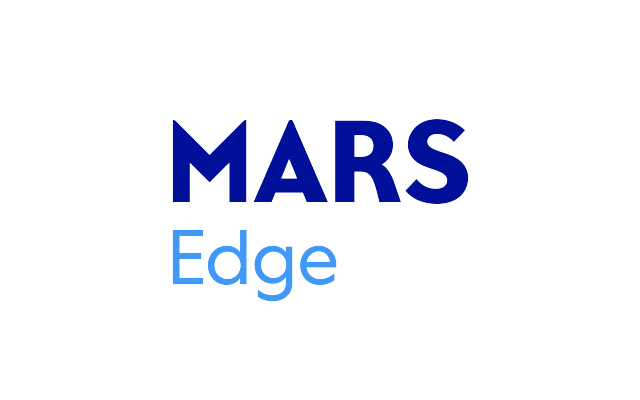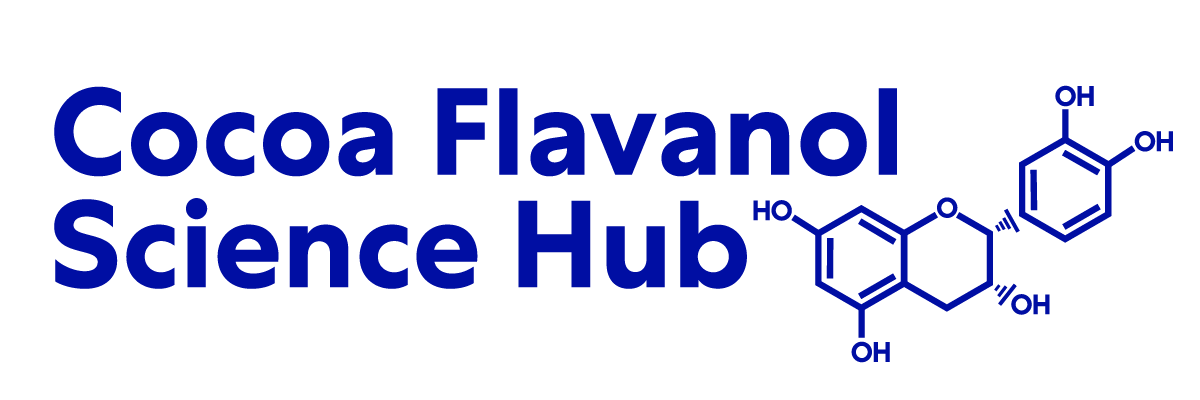Chocolate procyanidins decrease the leukotriene-prostacyclin ratio in humans and human aortic endothelial cells.
BACKGROUND:
Polyphenolic phytochemicals inhibit vascular and inflammatory processes that contribute to disease. These effects are hypothesized to result from polyphenol-mediated alterations in cellular eicosanoid synthesis.
OBJECTIVE:
The objective was to determine and compare the ability of cocoa procyanidins to alter eicosanoid synthesis in human subjects and cultured human aortic endothelial cells.
DESIGN:
After an overnight fast, 10 healthy subjects (4 men and 6 women) consumed 37 g low-procyanidin (0.09 mg/g) and high-procyanidin (4.0 mg/g) chocolate; the treatments were separated by 1 wk. The investigation had a randomized, blinded, crossover design. Plasma samples were collected before treatment and 2 and 6 h after treatment. Eicosanoids were quantitated by enzyme immunoassay.Endothelial cells were treated in vitro with procyanidins to determine whether the effects of procyanidin in vivo were associated with procyanidin-induced alterations in endothelial cell eicosanoid synthesis.
RESULTS:
Relative to the effects of the low-procyanidin chocolate, high-procyanidin chocolate induced increases in plasma prostacyclin (32%; P<0.05) and decreases in plasma leukotrienes (29%; P<0.04). After the in vitro procyanidin treatments, aortic endothelial cells synthesized twice as much 6-keto-prostaglandin F(1alpha) (P<0.01) and 16% less leukotriene (P<0.05) as did control cells. The in vitro and in vivo effects of procyanidins on plasma leukotriene-prostacyclin ratios in culture medium were also comparable: decreases of 58% and 52%, respectively.
CONCLUSION:
Data from this short-term investigation support the concept that certain food-derived flavonoids can favorably alter eicosanoid synthesis in humans, providing a plausible hypothesis for a mechanism by which they can decrease platelet activation in humans.
See the Full Study > (opens in a new tab)









